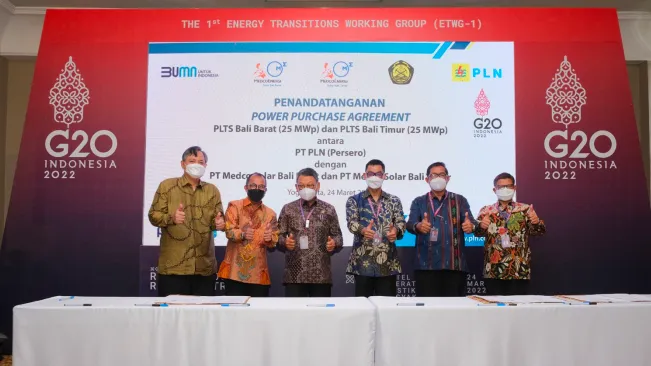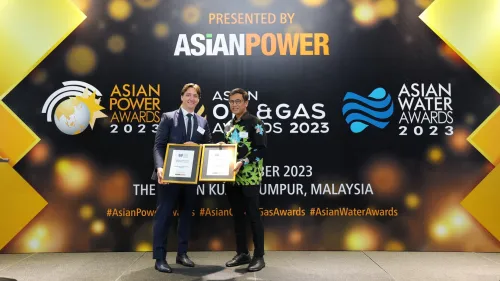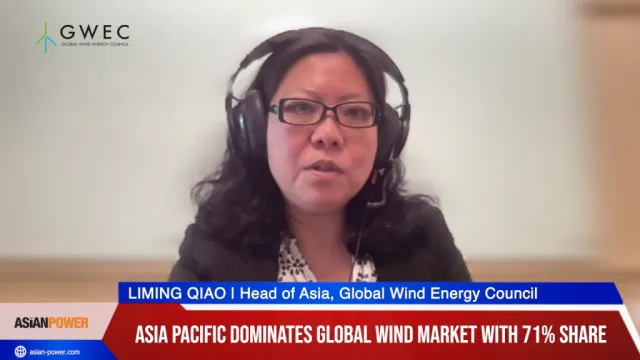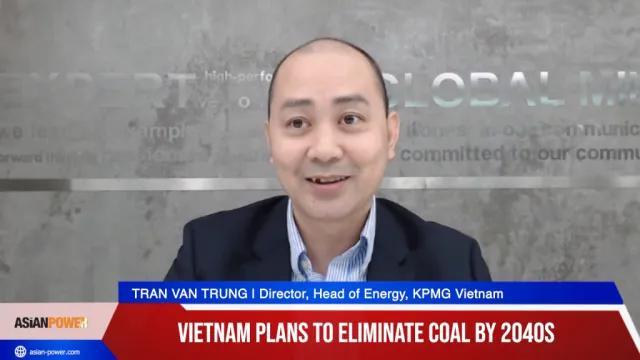
China is now three years past its peak coal: IEEFA
Coal consumption has decreased 4.7% in 2016.
Institute for Energy Economics and Financial Analysis said that with official word last week from the China National Bureau of Statistics that the world’s biggest user of coal reduced its consumption in 2016 by 4.7 percent comes another signal that the Chinese electricity transformation continues apace.
The trend has three years of history to it now, which is to say China is three years past peak coal.
China’s coal production also declined again in 2016, also for the third consecutive year.
Here's more from IEEFA:
These statistics speak volumes and indicate a remarkable decoupling between energy demand and economic activity. When this coal data is combined with record annual renewable energy installations, it’s proof positive that China is diversifying its energy mix faster than anyone expected.
The pace of growth and the decline in the cost of renewables across China are extraordinary.
China installed 17.3GW of wind generation in 2016, down from a record 29GW in 2015, but still an expansion of 19 percent, to 211TWh. In offshore wind, China’s Shanghai Electric Wind Power Equipment (Sewind) was the largest developer globally in 2015, commissioning 489MW of new capacity.
When combined with the 18GW per annum of new hydro and the 5GW per annum of nuclear capacity installed across China in the past four years, zero carbon emissions electricity generation has delivered 70 percent of China’s total electricity demand growth since 2013.
China installed a world record 33.2 gigawatts (GW) of solar in 2016, double its record 15GW in 2015, which itself was double the highest ever annual record, set when German installed 7.6GW in 2012. On-grid utility solar in China grew 34 percent year over year to 39TWh in 2016.
Much of China’s renewable energy industry is being driven by demand from abroad, a trend that supports the country’s rapid advances in technology. Our January report “China’s Global Renewable Energy Expansion” details a 60 percent year-over-year expansion to US$32 billion in Chinese foreign renewables and grid investment over 2016.
It’s a trend we expect to continue. China plans to invest US$360 billion in new renewable energy capacity by 2020, driving further employment and technology growth.
Coal is the biggest loser in the Chinese energy market and 2017 is set to be another bleak year for China’s coal sector with the government announcing further expansion curtailments already in January and February.













 Advertise
Advertise











